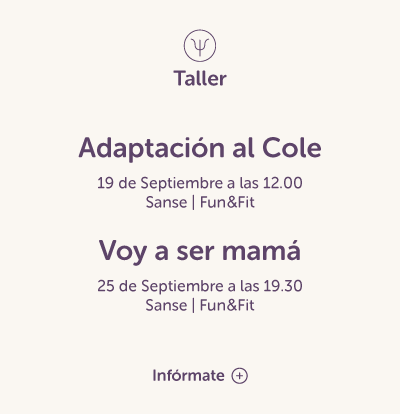As the warmer months approach, many homeowners become increasingly concerned about the presence of destructive insects that can wreak havoc on wooden structures. Recognizing the signs and understanding the characteristics of these wood-destroying beings is crucial for effective prevention and treatment. A notable aspect during swarm season is the distinct behavior exhibited by different species as they emerge from their colonies, leading to varying patterns of wood damage.
Each type of pest has its unique lifecycle and habits that determine how they interact with their environment. Observing these patterns not only helps homeowners identify potential infestations but also provides insight into the necessary steps for safeguarding their properties. From the visible trails to the specific types of deterioration in wooden materials, understanding these differences can make a significant impact in ongoing pest management strategies. For more information, check out this detailed guide.
Comparing the Egg Development Stages of Drywood and Subterranean Termites
Egg development is a key aspect in understanding the distinctions among different termite types, particularly the wood-dwelling and those that dwell underground. The treatment difference between these insects often starts at their early life stages, influencing how infestations manifest. For effective pest control strategies, recognizing the unique egg hatching timelines and patterns is paramount. More information can be found at https://andystermiteandfumigation.com/.
Typically, the egg stage lasts about a month, although this may vary based on environmental conditions and species. Initial signs of an infestation may differ, as the wood-dwelling types typically establish nests within the wood itself, resulting in a distinct wood damage pattern. In contrast, those in the soil often construct elaborate habitats that can be detected by observing their exit holes and mud tubes. These nuances in colony behavior highlight the importance of identifying swarm season, where reproductive insects emerge to initiate new colonies. Nest location serves as another crucial factor, influencing the accessibility of both pest control methods and potential damage to structures.
Identifying Signs of Infestation in Drywood vs Subterranean Termites
Recognizing the indicators of an infestation can play a significant role in timely intervention and treatment difference between various termite types. For those dealing with drywood varieties, one may notice the presence of frass, which appears as tiny pellets resembling sawdust, often found near wood sources. Conditions like hollow-sounding wood or small holes along surfaces can also serve as telltale signs. To understand more about these signs and treatment options, visit treatment options.
Conversely, subterranean species demonstrate distinct behaviors related to their nest location and soil contact. These pests are more likely to create tunnels, known as mud tubes, that traverse foundations or other structures, which are used for moisture and protection. Additionally, signs such as damaged wood or visible swarm season activities, typically occurring during warmer months, may indicate a thriving colony nearby. Understanding these differences can aid homeowners in identifying and addressing infestations effectively.
Control Methods Specific to Drywood and Subterranean Termite Colonies
Understanding the nuances between various termite types is crucial for effective management strategies. Control methods must be tailored to the unique characteristics of each species, particularly in how they nest and interact with their environment. For instance, infestation signs may manifest differently within wood or soil, necessitating distinct approaches for treatment. Learn more about treatment options.
For organisms inhabiting wooden structures, localized treatments such as heat and chemical applications can disrupt colonies effectively. These species typically do not require soil contact, simplifying targeted interventions. Conversely, colonies dwelling underground thrive in soil, which complicates extermination efforts. Bait stations and soil injections are paramount, exploiting behavioral patterns during swarm season when colonies are more active.
Colony behavior also plays a significant role in developing control strategies. Subterranean species may establish vast networks below ground, influencing where to place monitoring systems or baits. Identifying nest location quickly can expedite the eradication process. In contrast, wood-infesting varieties often stay hidden within their host material, making visual inspections and treatments based on infestation signs crucial for effective management.
Recognizing the treatment difference between these termite types allows homeowners and pest control professionals to implement the most effective control methods. Monitoring and timely action are key to preventing significant damage and ensuring a pest-free environment.
